Python Backend Framework: the unsung hero in the realm of modern web development, streamlining coding processes like never before.
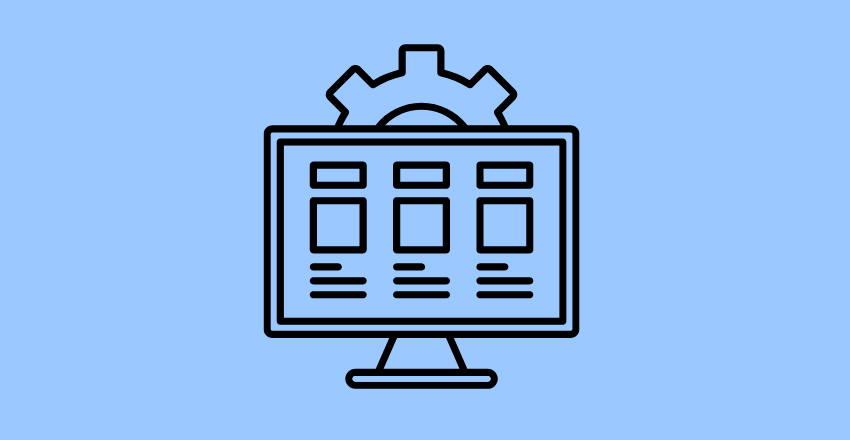
Python, a language adored by developers worldwide, has emerged as a frontrunner in the realm of backend development. By offering a host of Python backend frameworks, it streamlines the web development process, increasing efficiency and productivity.
So, let’s embark on this journey, mapping the evolution of Python backend frameworks, their importance, and their role in today’s tech landscape.
Act 1: Inception of Python and Its Frameworks
In 1991, Guido van Rossum introduced Python to the world. His aim was to create a language with an emphasis on readability and simplicity.
In the subsequent years, we witnessed the rise of Python frameworks, a key component that elevated Python’s standing in the programming community. By 1998, we had the first Python web framework, Zope.

This pioneer paved the way for future Python web frameworks, setting the stage for rapid development in the realm of Python backend development.
Key Takeaway: Python’s birth and the inception of its frameworks marked a significant shift in the programming landscape.
Pro tip: When starting your Python journey, understanding the language’s history can give you unique insights into its evolution and current state.
Act 2: The Emergence of Django

By 2005, Python’s popularity was growing, and another major framework entered the scene: Django. Often referred to as “the web framework for perfectionists with deadlines,” Django quickly garnered attention for its robustness and features.
As a Python backend framework, Django offered the perfect balance of speed, security, and scalability, making it a strong contender for backend development.
Key Takeaway: Django’s arrival marked a new era in Python backend development, with its built-in features providing a solid foundation for building complex applications.
Pro tip: Django is ideal for projects that require a comprehensive set of tools and features.
Act 3: Flask – The Lightweight Contender
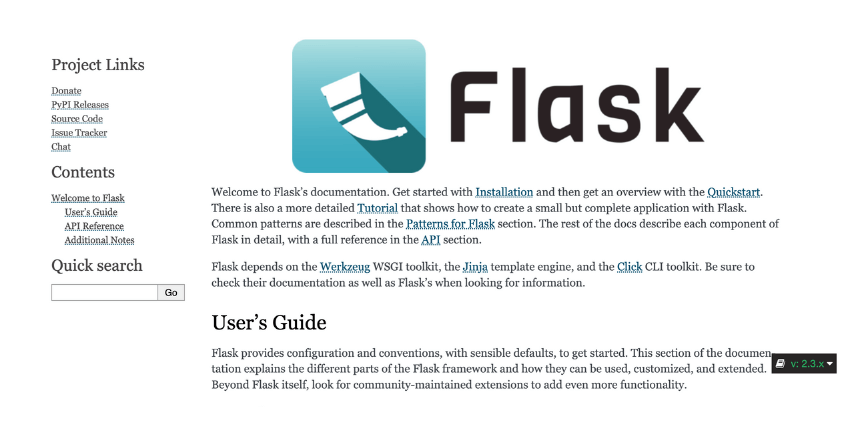
The year 2010 introduced Flask, a lightweight and modular Python web framework. Its simplicity and flexibility made it an attractive choice for developers looking for a minimalistic approach. As an alternative to Django, Flask offered a bare-bones, extensible option for Python backend development.
Key Takeaway: Flask’s emergence offered developers a simpler, more flexible approach to Python backend development.
Pro tip: Flask is a great choice for smaller projects or when you want more control over the components you use.
Act 4: The Rise of Async Frameworks – Introduction of FastAPI
FastAPI, introduced in 2018, marked the advent of modern, fast (high-performance), web framework for building APIs with Python, based on standard Python type hints. As a Python backend framework, FastAPI’s popularity soared due to its fast execution, ease of use, and, most importantly, its asynchronous capabilities, which are a boon in the world of real-time applications.
Key Takeaway: FastAPI ushered in a new era of asynchronous programming in the Python landscape.
Pro tip: If you’re building a real-time application or need high performance, FastAPI is worth exploring.
Act 5: Current Landscape and the Future
Today, Python boasts a variety of frameworks. Each Python backend framework has its strengths and weaknesses, and the choice often depends on the specific needs of the project. Django, Flask, and FastAPI are among the top contenders, but others like Pyramid, web2py, and TurboGears also hold significant places in the ecosystem.
Looking forward, we can expect further growth in Python backend frameworks. With the language’s simplicity, readability, and the strength of its frameworks, Python is poised to remain a dominant player in backend development.
*Key Takeaway*: The Python backend framework landscape, teeming with a variety of options, empowers developers to build applications fitting specific project requirements. The future seems bright, with Python’s enduring dominance in backend development.
Pro tip: Keep abreast of the evolving Python landscape. New frameworks and updates to existing ones can offer exciting new possibilities.
Act 6: The Array of Python Frameworks
Today, there are more than 20 Python frameworks available, each designed with specific use cases in mind. This extensive list includes Django, Flask, Pyramid, TurboGears, and FastAPI, to name a few.
These frameworks cater to web development, application development, and even desktop applications, solidifying Python’s role as a versatile programming language.
Key Takeaway: Python’s extensive list of frameworks caters to a wide range of development needs.
Pro tip: Research your specific needs and goals before selecting a framework for your project.
Act 7: Choosing the Best Python Backend Framework
The “best” Python backend framework largely depends on your specific project requirements. However, Django often comes out on top due to its robustness and ‘batteries-included’ philosophy. Flask is a close second, favored for its simplicity and flexibility, while FastAPI is gaining traction for its speed and asynchronous capabilities.
Key Takeaway: ‘Best’ is subjective when it comes to selecting a Python backend framework. Your project’s requirements should guide your choice.
Pro tip: Start with understanding your project’s needs, then map these to the strengths of potential frameworks.
Act 8: Python Backend Framework Vs. Web Framework
While Python web frameworks can facilitate both frontend and backend development, a Python backend framework focuses primarily on server-side operations. Django and Flask are notable examples of Python backend frameworks.
Django follows the Model-View-Controller (MVC) design pattern, making it a comprehensive option for backend development.
Key Takeaway: Python backend frameworks specialize in server-side operations, differing from broader web frameworks that also manage frontend tasks.
Pro tip: Consider the scope of your project. If you need to handle both frontend and backend, a web framework might be a better fit.
Act 9: Simplicity in Python Backend Frameworks
For beginners, Flask is often considered the easiest Python backend framework. Its simplicity and flexibility allow developers to gradually familiarize themselves with backend development without the complexity of more robust frameworks.
Key Takeaway: Flask offers an entry point into Python backend development, balancing simplicity with the ability to scale complexity as needed.
Pro tip: If you’re new to backend development, start with Flask to understand the basics before moving on to more complex frameworks.
Act 10: Python’s Best Stack
The best stack for Python would typically include Django or Flask as the backend framework, a relational database like PostgreSQL, a web server like Nginx, and a WSGI server like Gunicorn. This setup, often referred to as a “Python stack”, is widely used due to its efficiency and scalability.
Key Takeaway: A typical Python stack includes a Python backend framework, a relational database, and servers for web and WSGI.
Pro tip: Your stack should cater to your application’s specific needs. There’s no one-size-fits-all solution.
Act 11: Frontend Companions for Python
Python’s versatility allows it to work well with various frontend frameworks. Among them, JavaScript frameworks like React, Angular, and Vue.js are popular choices due to their powerful capabilities and wide adoption.
Key Takeaway: Python’s compatibility with various frontend frameworks makes it a versatile choice for full-stack development.
Pro tip: When choosing a frontend framework to pair with Python, consider the features you need for your application, as well as your own familiarity and comfort with the framework.
Act 12: Types of Python Frameworks
Python frameworks fall into two main types: full-stack (or all-inclusive) frameworks like Django, and microframeworks like Flask. Full-stack frameworks come with numerous out-of-the-box features, making them a comprehensive solution for complex applications.
Microframeworks, on the other hand, are lightweight and flexible, offering fewer built-in features but providing developers the freedom to choose their tools and components.
Key Takeaway: Full-stack Python frameworks provide a comprehensive solution, while microframeworks offer flexibility.
Pro tip: Choose a full-stack framework for complex projects that require robust features. Opt for a microframework when you need flexibility and customization.
Act 13: Python Frameworks for Desktop and App Development
Beyond web applications, Python frameworks also cater to desktop applications and app development. PyQt and Kivy are popular choices for desktop applications, while Kivy also serves for mobile app development due to its cross-platform capabilities.
Key Takeaway: Python frameworks extend beyond the web, facilitating desktop and mobile app development.
Pro tip: If you’re building a desktop application, consider PyQt for its robustness. For mobile app development, Kivy’s cross-platform capabilities make it a strong contender.
Act 14: The Rise of Django
Django, a high-level Python web framework, follows the Model-View-Template architectural pattern. It facilitates rapid development and clean, pragmatic design, making it a popular choice for web developers worldwide.
Key Takeaway: Django’s robustness and rapid development capabilities make it a favorite among Python developers.
Pro tip: Consider Django if you’re looking for a robust, all-inclusive Python web framework that supports rapid development.
Act 15: Choosing the Best Python Web Framework
When it comes to selecting the best Python web framework, Django and Flask often top the list. Django is renowned for its ‘batteries-included’ approach, while Flask is appreciated for its simplicity and flexibility. The choice between the two often boils down to the complexity of the project and the level of customization required.
Key Takeaway: Django and Flask reign as top choices for Python web frameworks, with the choice largely depending on project complexity and required customization.
Pro tip: Evaluate the nature of your project and your development needs before deciding on a Python web framework.
Pros and Cons of Python Backend Frameworks
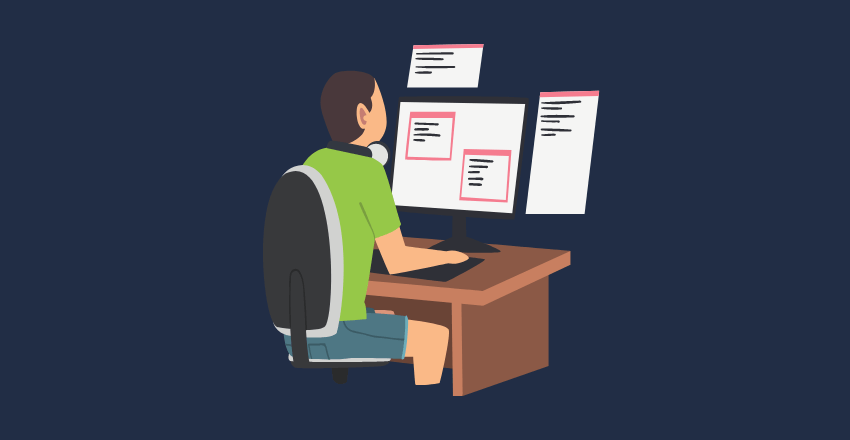
Every rose has its thorns, and Python backend frameworks are no exception. While they offer immense benefits, there are potential pitfalls to consider as well.
Pros:
- Simplicity: Python’s syntax is clean, which makes its frameworks easy to learn and use.
- Versatility: Python backend frameworks cater to a wide range of applications, from simple to complex.
- Community Support: The Python community is large, active, and helpful, contributing to a rich ecosystem of frameworks, libraries, and tools.
Cons:
- Performance: Python is not the fastest language. For applications where speed is paramount, other languages might be better suited.
- Global Interpreter Lock (GIL): Python’s GIL can be a bottleneck in CPU-bound and multithreaded code.
Key Takeaway: While Python backend frameworks offer numerous benefits, it’s important to be mindful of their limitations to make an informed choice.
Pro tip: Always consider your project’s specific needs when choosing a Python framework.
Key Statistics
According to the 2022 Stack Overflow Developer Survey, Python ranked as the 4th most popular programming language.
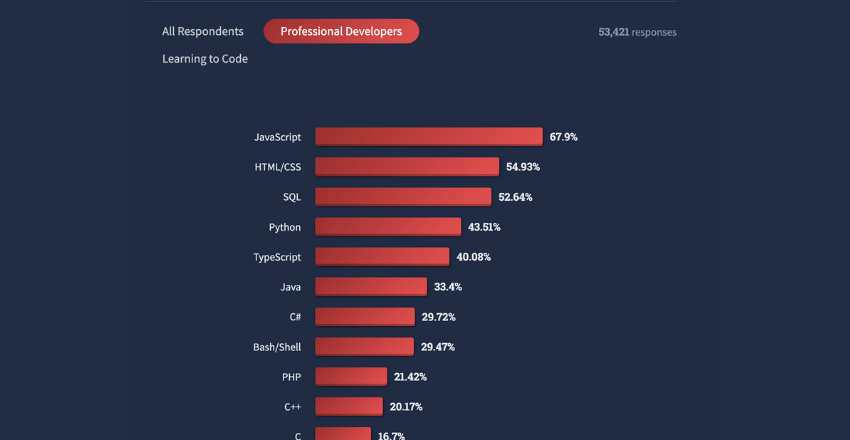
Django and Flask, two key Python backend frameworks, ranked 10th and 11th respectively in the “Most Popular Web Frameworks” category. These numbers highlight the significant role Python and its frameworks continue to play in today’s tech landscape.
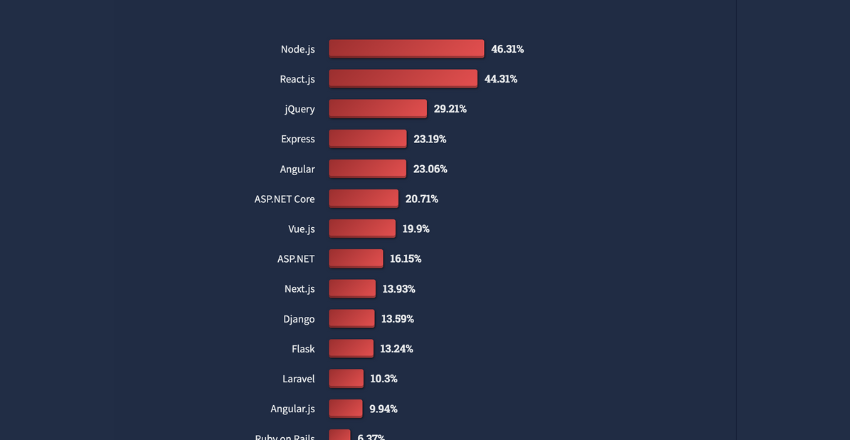
Key Takeaway: Statistics reaffirm Python’s strong standing in the programming world, and the popularity of its frameworks underscores their importance in web development.
Pro tip: Keep an eye on these trends. They not only inform you about the current landscape but also hint at future developments.
Metaphorically Speaking
To put it metaphorically, if building a web application is like constructing a building, then Python backend frameworks are the scaffolding. They provide the necessary structure, enabling developers to focus on crafting the unique elements of their projects, rather than getting caught up in the nitty-gritty of construction.
Key Takeaway: Python backend frameworks significantly simplify web development, acting as the scaffolding that holds your project up as you build.
Pro tip: Just like selecting the right type of scaffolding for a building, choosing the appropriate Python framework can make your development process smoother and more efficient.
Wrapping up
The field of Python backend frameworks offers immense potential for developers. Whether you’re building a simple web application or a complex desktop application, Python’s versatile frameworks provide the necessary tools and capabilities to bring your vision to life.
As a Python developer, understanding these frameworks, their pros and cons, and their appropriate use cases is crucial in making the right choice for your projects. As the Python ecosystem continues to evolve, so too will the opportunities for creating innovative, impactful, and efficient applications.
Python backend frameworks have played a pivotal role in shaping the web development landscape. From the inception of Python to the modern advancements in backend development, these frameworks have continually evolved, catering to the varying needs of the developer community.
As we move forward, the potential for further growth and innovation in Python backend frameworks is immense, promising an exciting future for Python developers.
Matthew is a technical author with a passion for software development and a deep expertise in Python. With over 20 years of experience in the field, he has honed his skills as a software development manager at prominent companies such as eBay, Zappier, and GE Capital, where he led complex software projects to successful completion.
Matthew’s deep fascination with Python began two decades ago, and he has been at the forefront of its development ever since. His experience with the language has allowed him to develop a keen understanding of its inner workings, and he has become an expert at leveraging its unique features to build elegant and efficient software solutions.
Matthew’s academic background is rooted in the esteemed halls of Columbia University, where he pursued a Master’s degree in Computer Science.
As a technical author, Matthew is committed to sharing his knowledge with others and helping to advance the field of computer science. His contributions to the scientific computer science community are invaluable, and his expertise in Python development has made him a sought-after speaker and thought leader in the field.


![15 Most Contributed Python Projects on GitHub [Stats]](https://hirepythondeveloper.com/wp-content/uploads/2024/03/15-Most-Contributed-Python-Projects-on-GitHub-Stats-1-150x150.png)




